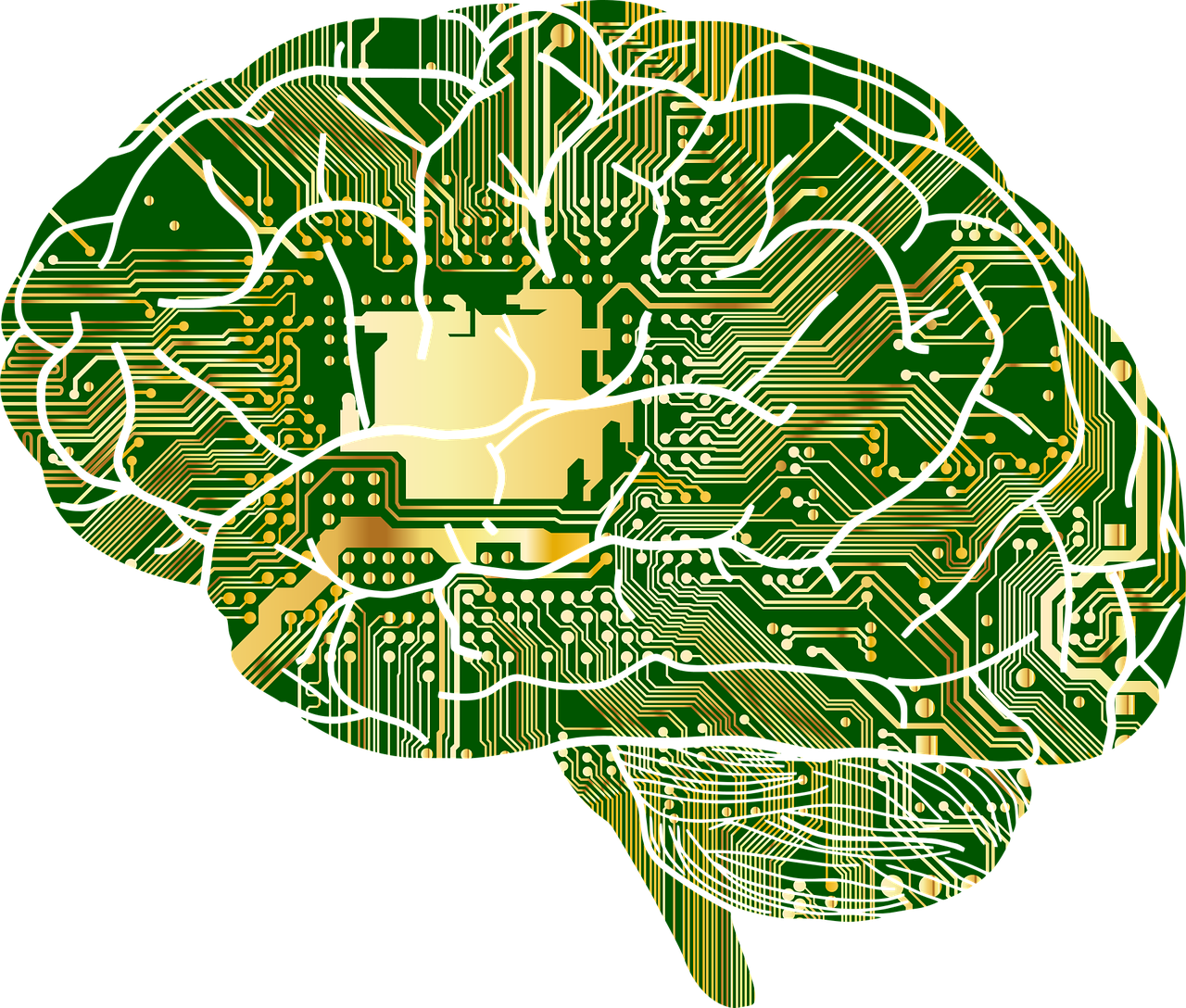In a recent Atlantic piece, Adam Kirsch examines
developments in brain research that propose the potential of uploading the
complete human mind. Such an operation
would involve a brain scanner able to detect and record an information pattern
called the “connectome,” the mapping of the brain’s neural connections through
the synapses across all its many levels and modes. All human cognition is created by these
dynamic interactions. This map, the
wiring diagram of the brain’s workings, is analogous to the human genome. This would be an artificial reality for
thought, emotion, and reasoning that could replicate the thinking / feeling /
experience of a total brain – almost more real than real—or at least a resource
to connect human sense-making with machine learning.
An uploaded mind won’t dwell in the
same environment as we do, but that’s not necessarily a disadvantage. On the contrary, because a virtual
environment is much more malleable than a physical one, an uploaded mind could
have experiences and adventures we can only dream of, like living in a movie or
a video game (“The End of Us,” Atlantic, Jan/Feb 2023, pp. 64-65).
This complete artificial intelligence, using every
affordance of human thinking, is capable of a powerful merging of human with
machine intelligence. In the investment
world, AI has disclosed the potential of computer intelligence that is superior
to human hunches about the market and tracking its movements. This intelligence is based on projecting the
past, in fine-grained detail, into the future, incorporating multiple factors
beyond the ability of even the best investors to recognize and trace. “The challenge facing the investment world is
that the human mind has not become any better than it was a hundred years ago
…the time will come when no human investment manager will be able to beat the
computer” (Institutional Investor’s Alpha, online journal for the hedge
fund industry).
However, the brain is organic and its structures and
dynamics are not computer programs.
While a computer can win against the best human players at chess, Go,
and even Jeopardy, we have yet to see computer programs perfect self-driving
cars, body mobility, long-term planning, or hiring decisions. Herbert Simon,
the political scientist who coined the term “bounded rationality,” (1957) did
so to counter the economics model of the completely rational brain (“rational man”)
making purely rational money decisions.
But Simon’s term can also be applied to describe the limitations of
machines in achieving artificial general intelligence—as machines, they are
severely limited in replicating human cultural and common sense, cause and
effect, symbolic recognition, implication finding, future projections, and decision
making. This is the reason that the
simple ideal image of enhanced human thinking is a human being--using a calculator. The interactive power of the digitalplus the
neural appears to offer the best promise of enhanced decision making based on
what each does best.
A few facts about the brain here: One of the problems: no
great unified theory of intelligence yet exists, and it requires mega-computing
power to even approach simulating many of the general intelligence scenarios we take
for granted, such as meeting new people, learning a new language, telling
jokes, handling a crisis (mental or physical), and dealing with unknown outcomes
for a new decision demand. Involved in
change and experience are thousands of neurons of our store of 86 billion in
the brain, meaning a potential of 100 trillion interconnections. The European Union launched the Human Brain
Project in 2013 with the goal of a complete simulation of the entire human
brain by 2023 (Epstein, “The Empty Brain,” Aeon, 2016). This has yet to be achieved.
That is because the human cognition system is not just an
information processor but far more layered and interactive as a sophisticated
universe of connected thinking and emotion.
This includes informal logic, seeing the viewpoints of others (theory of
mind), understanding implications, nuance, multiple interacting variables,
modes and layers of reality, and hyperreality.
Even a three-year-old’s cognition outstrips the capacity of
sophisticated computer programs to read cultural reality.
Notes Cade Metz, writing on the use of AI in medicine (AI,
2020) on current state-of-the-art issues: “Able to recognize patterns in data
that humans could never identify on their own, [computer] neural networks can
be enormously powerful in the right situation.
But even experts have difficulty understanding why such networks make particular
decisions and how they teach themselves.”
No computer program yet has been able to replicate the
activity and accomplishments of human neural networks, the thousands of neurons
involved in change, experience, and memory that humans achieve instinctively,
but must be taught (by humans) to computers as deep learning. Computers operate by fixed focus on
well-defined tasks; at the other end of the scale, humans use WB (the model for
Whole Brain Emulation machines follow) to deal with
change, adaptability, and handling problems we’ve never encountered before in
situations that are also unique—with incomplete information and unknowable
outcomes. Ever since we first emerged as
homo sapiens, we’ve been trying to find ways to understand our own intelligence
and the brain that centers it.
Speech engines are one such example as a means to understanding natural language, as in voice recognition and translation. Language is a complex program in itself, like the brain, with multiple modes, levels, rules, and styles, depending on purpose and context (both text and spoken), and the social relations involved. Because of this complexity, understanding language intent requires a broad approach to expression and meaning interpretation that stalls out the computer while the nimble brain fills in all the gaps creatively. Deep neural networks are now showing greater sophistication in facing down the complexity of machine learning for language analysis.
____
Image from Pixabay
